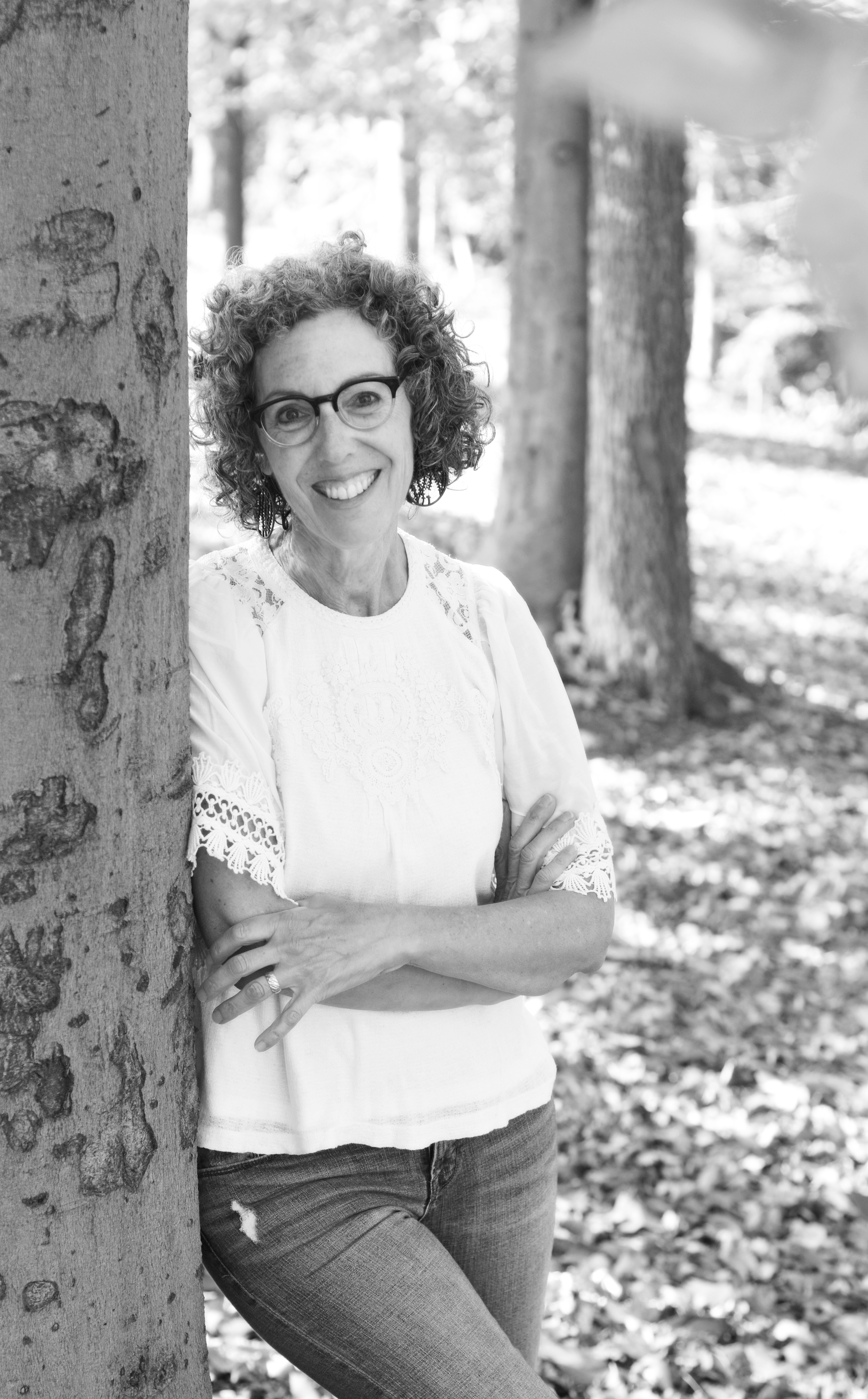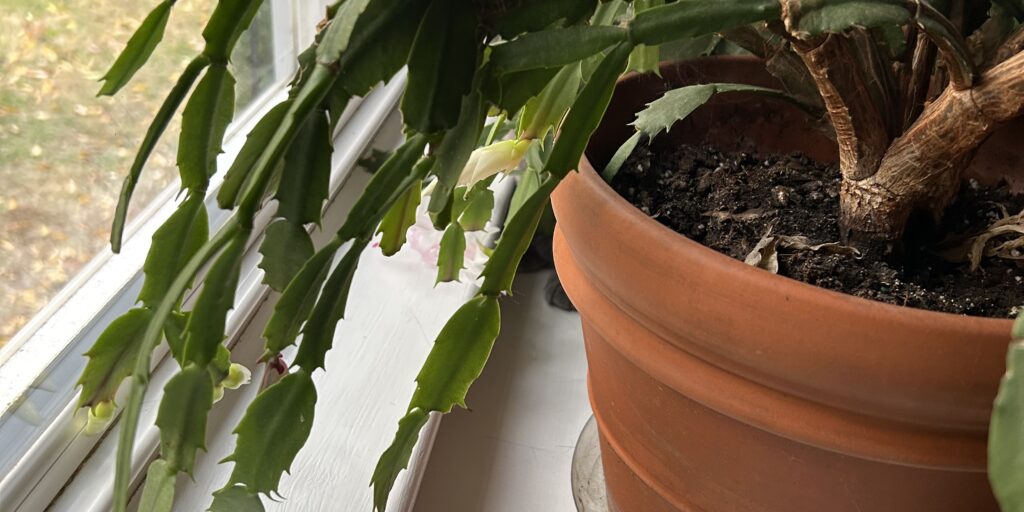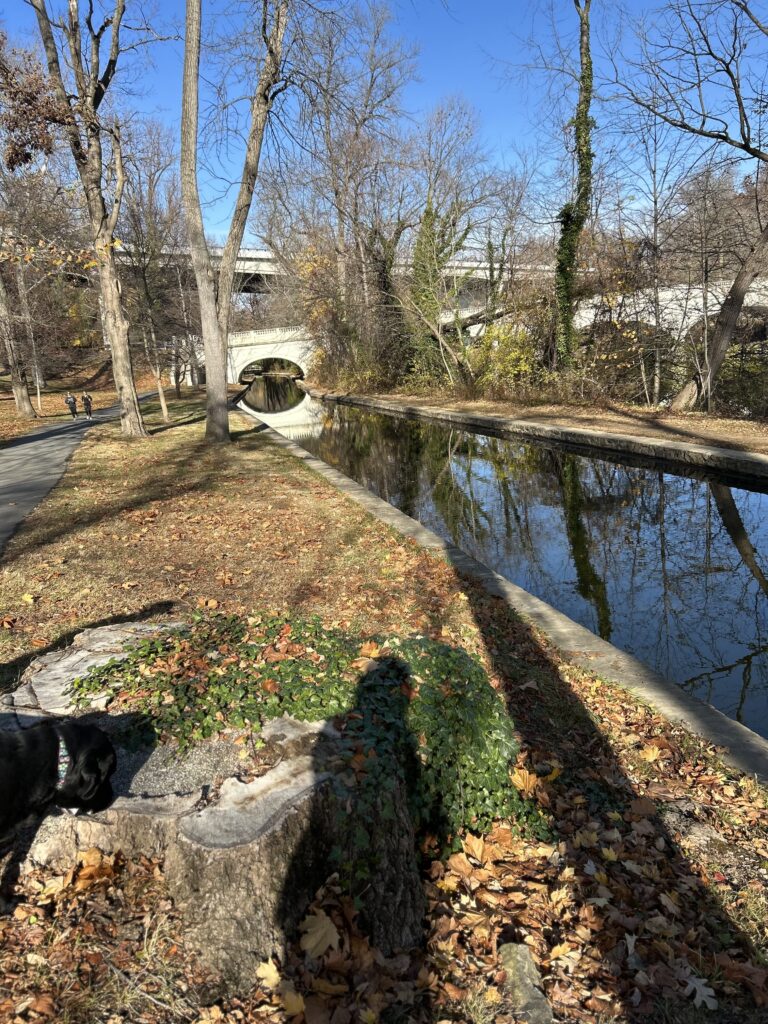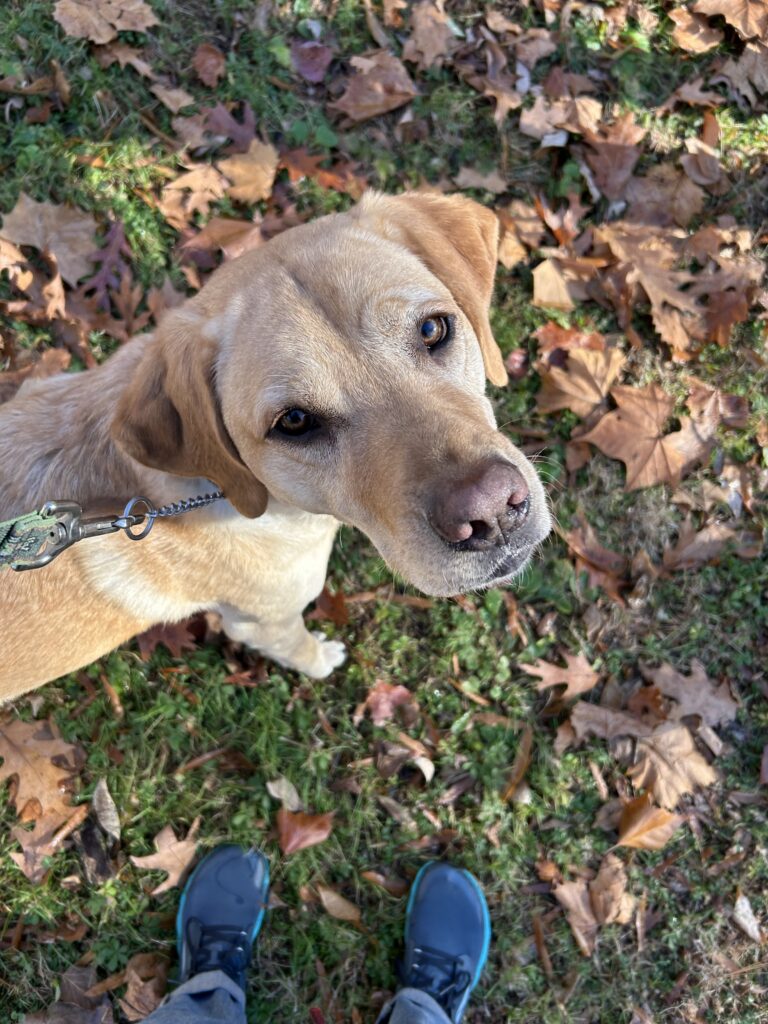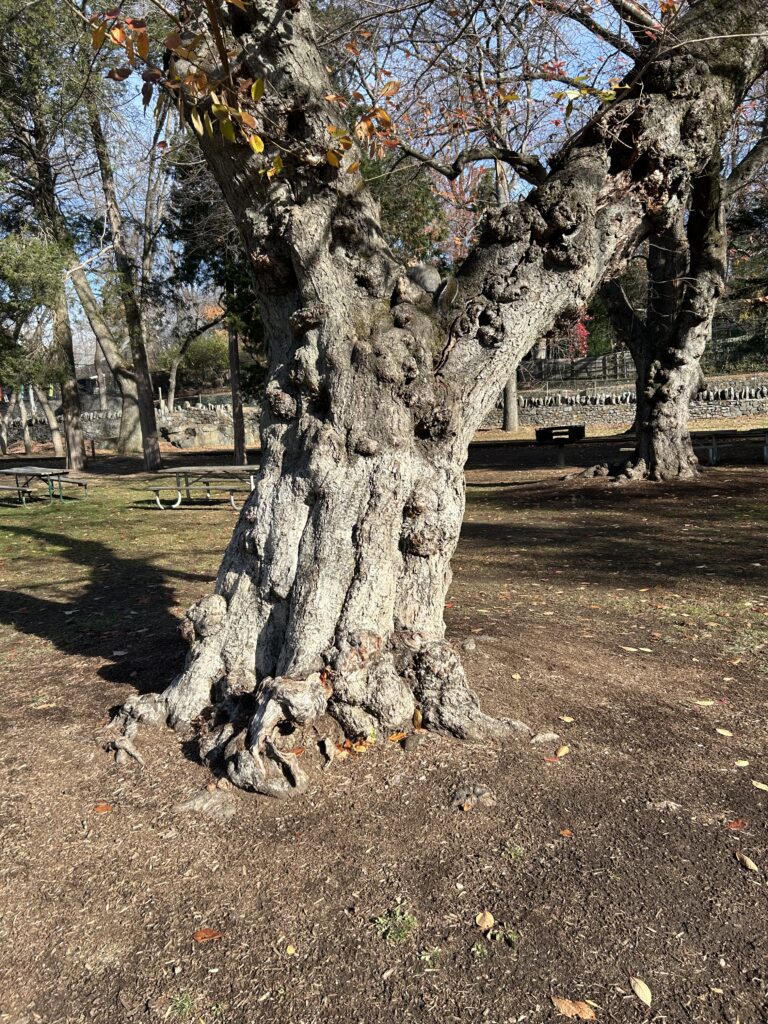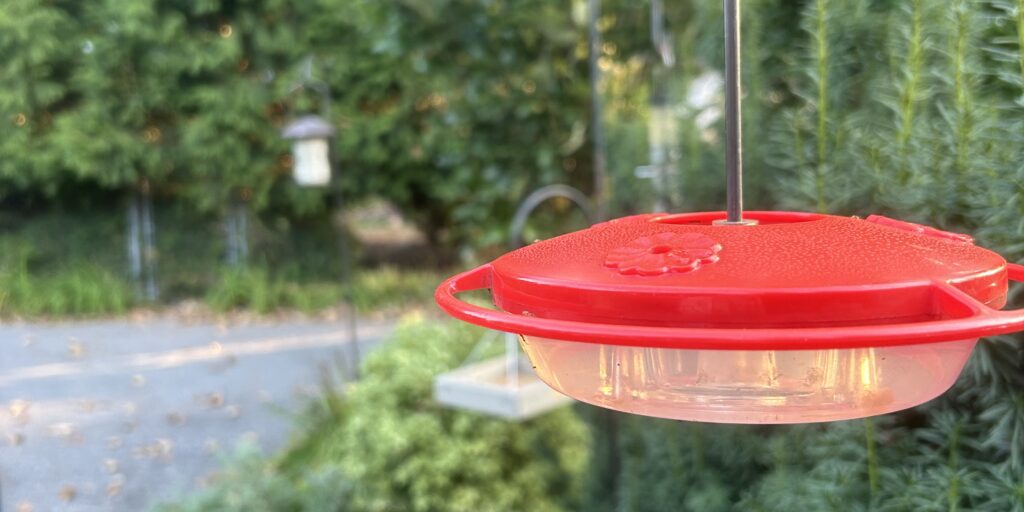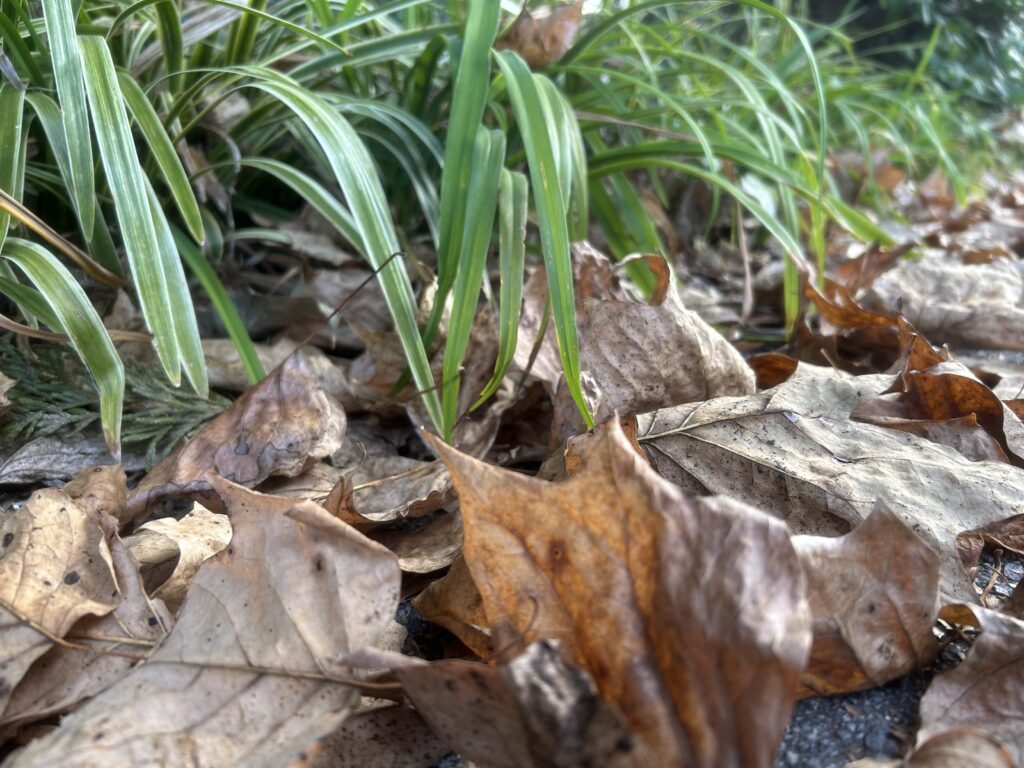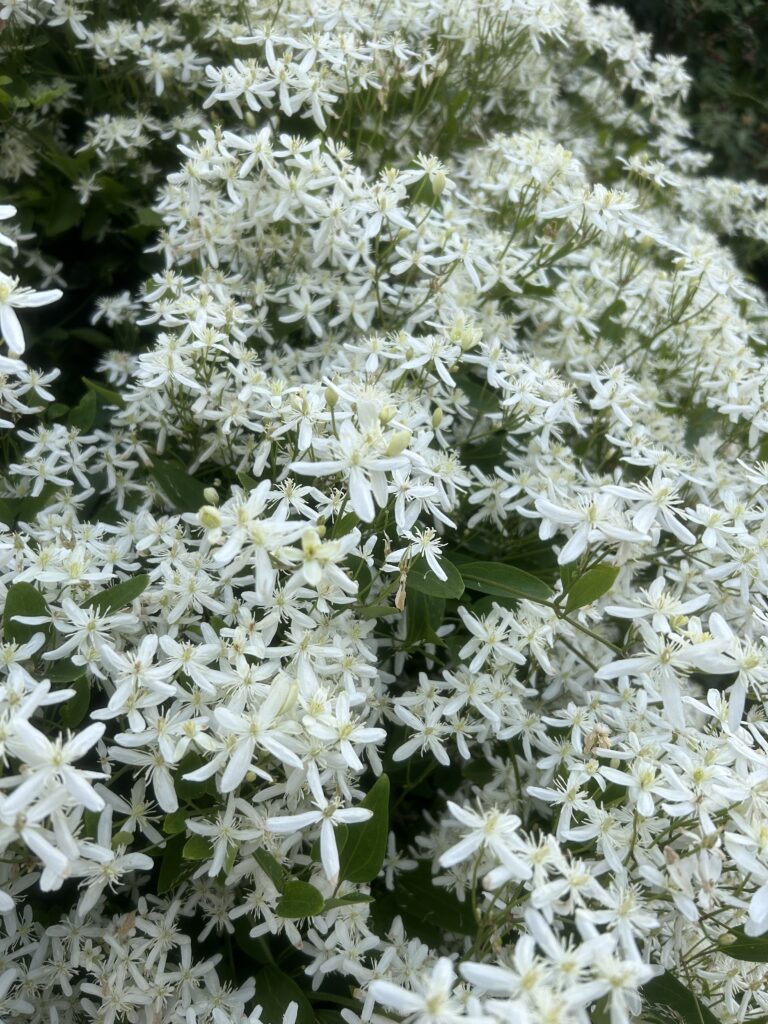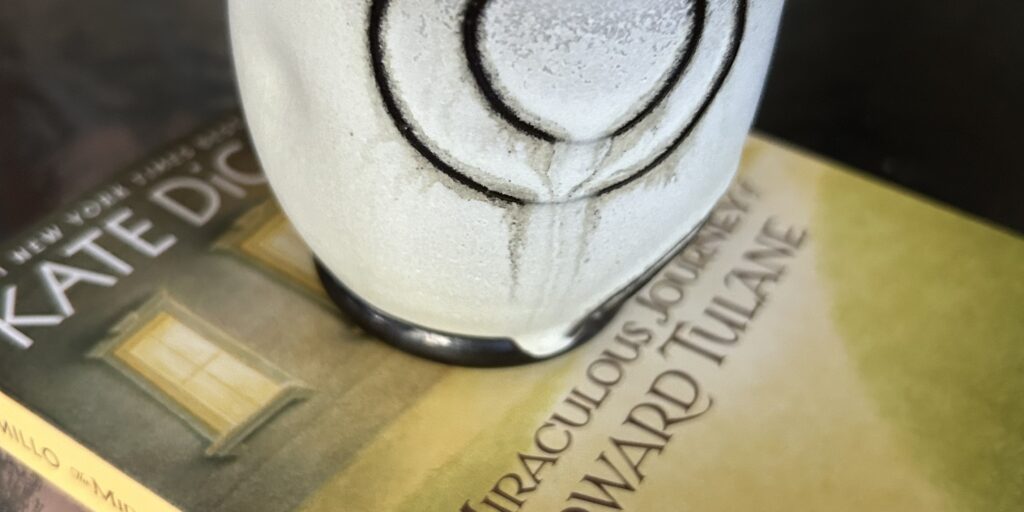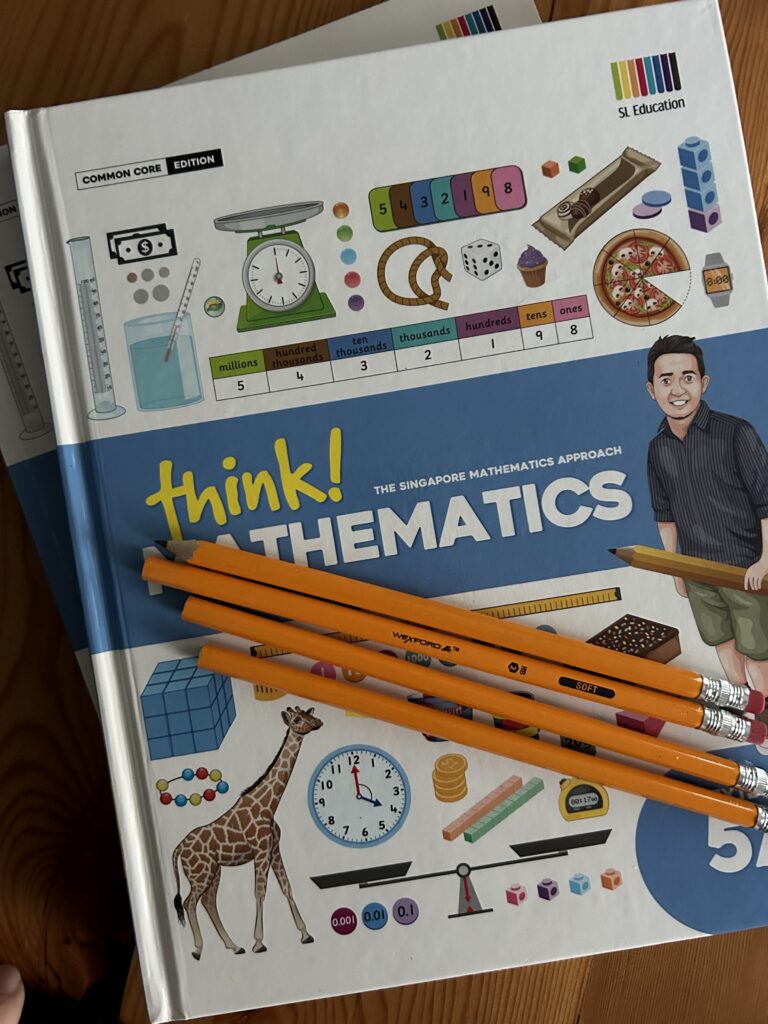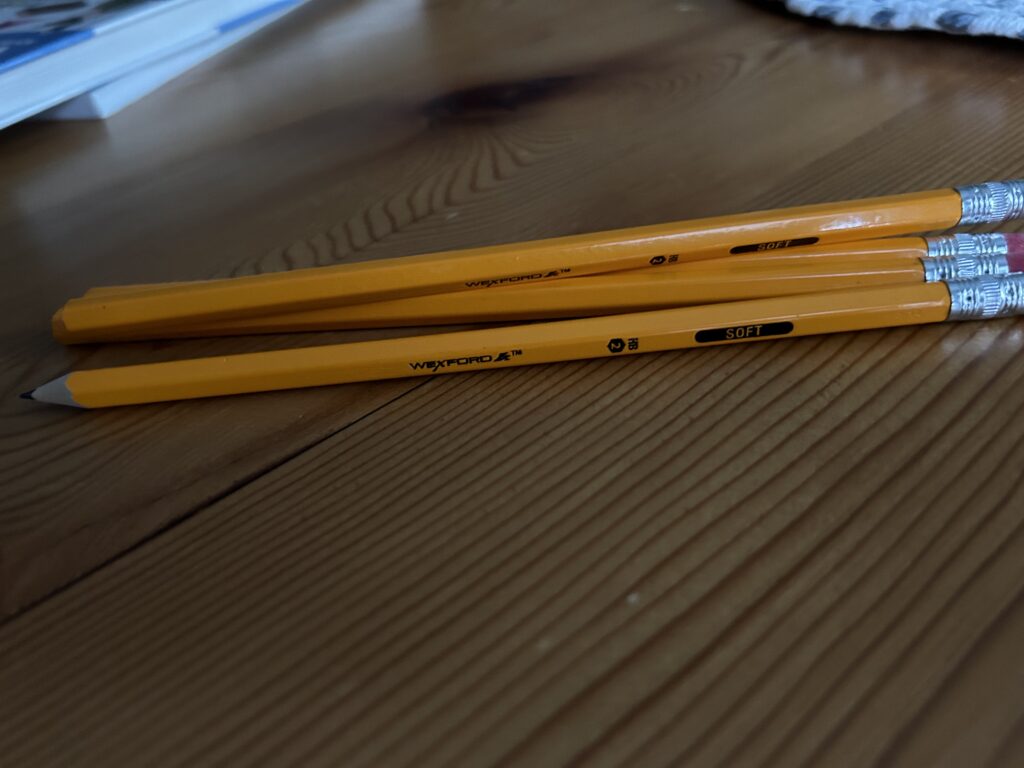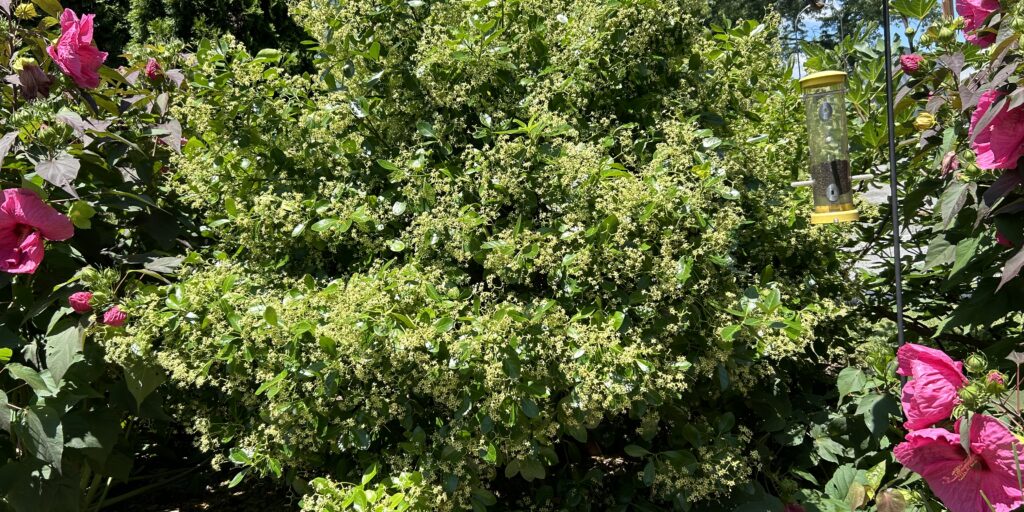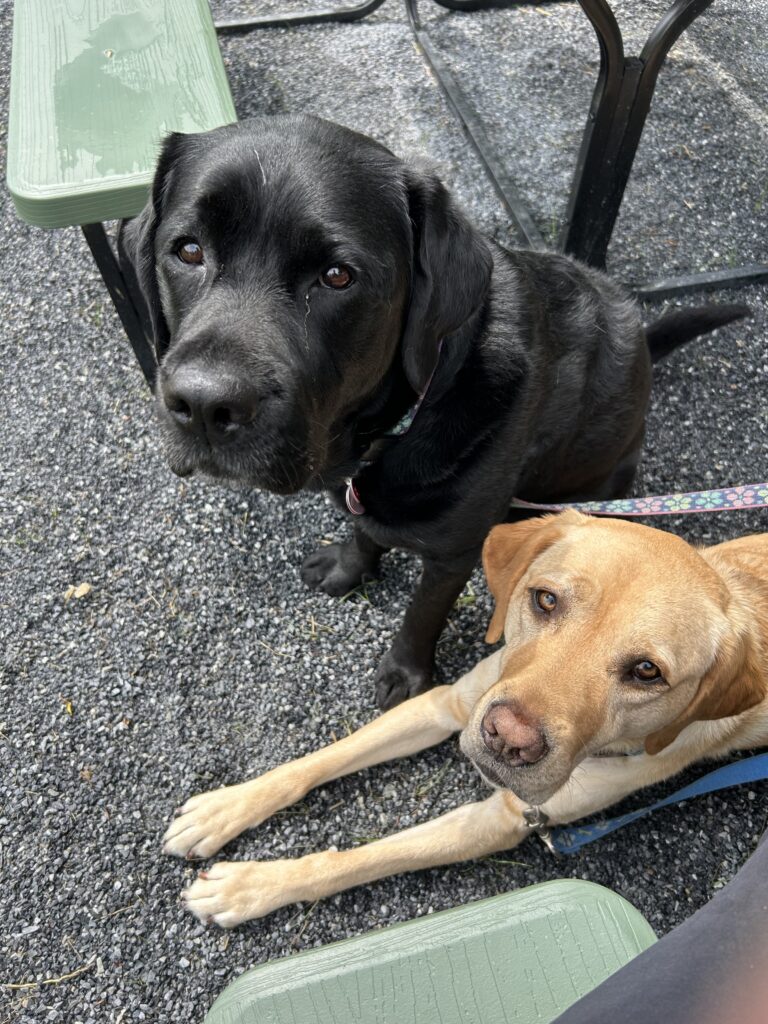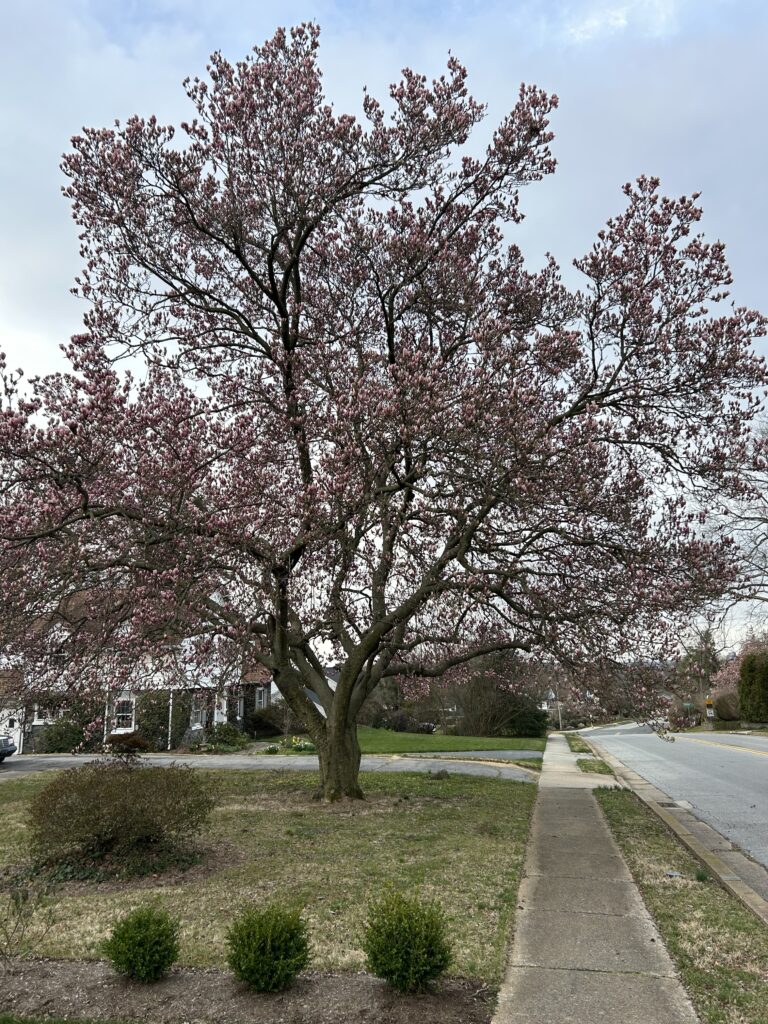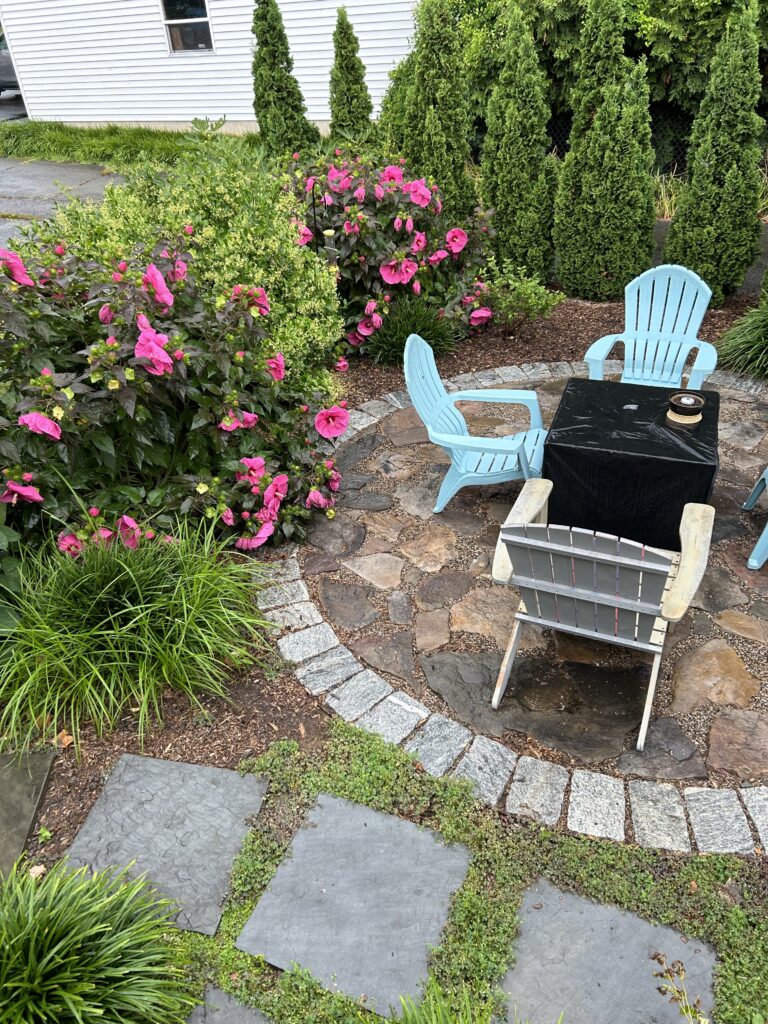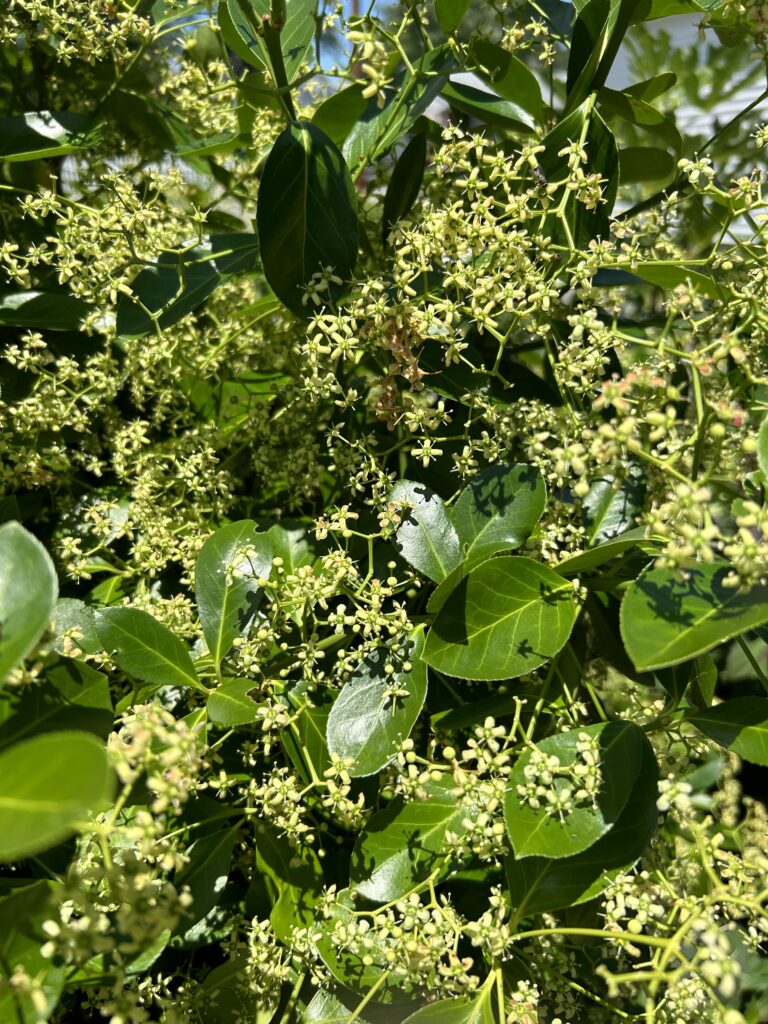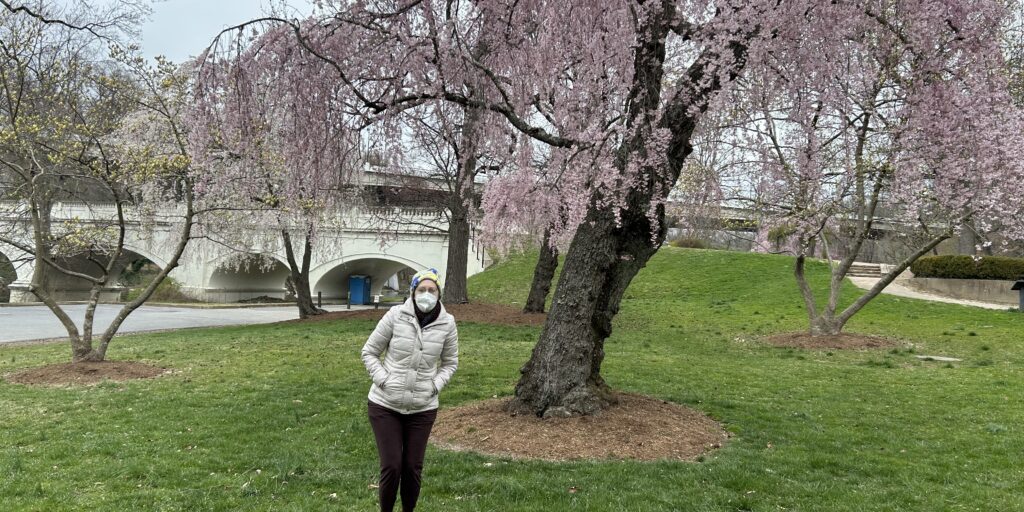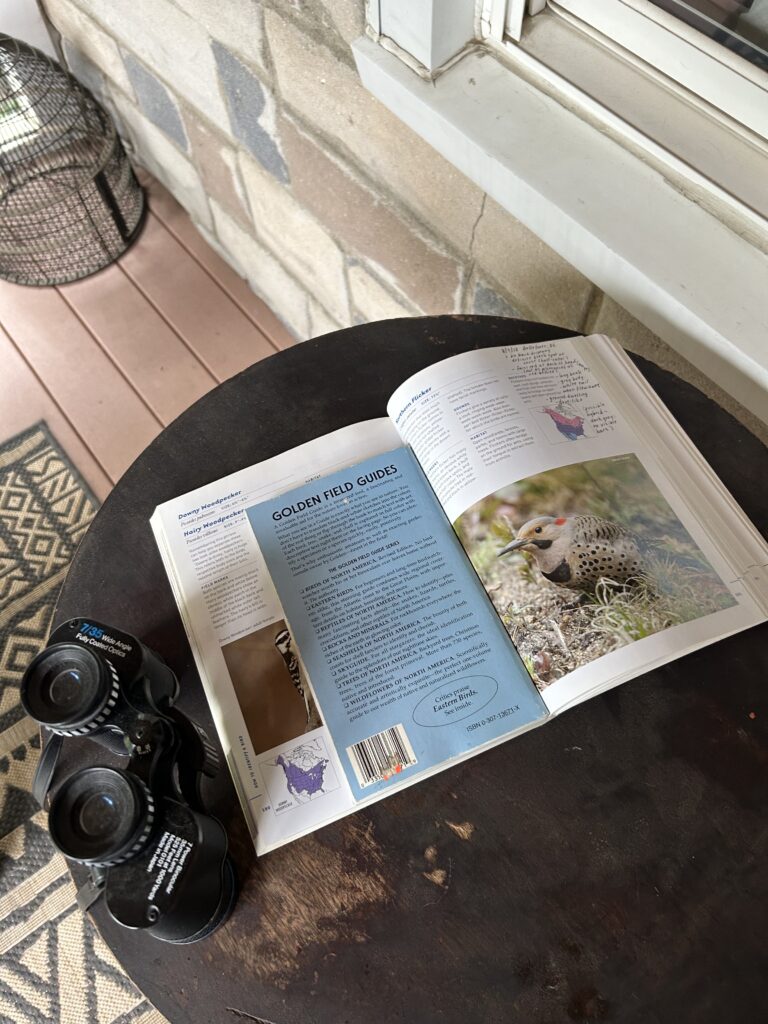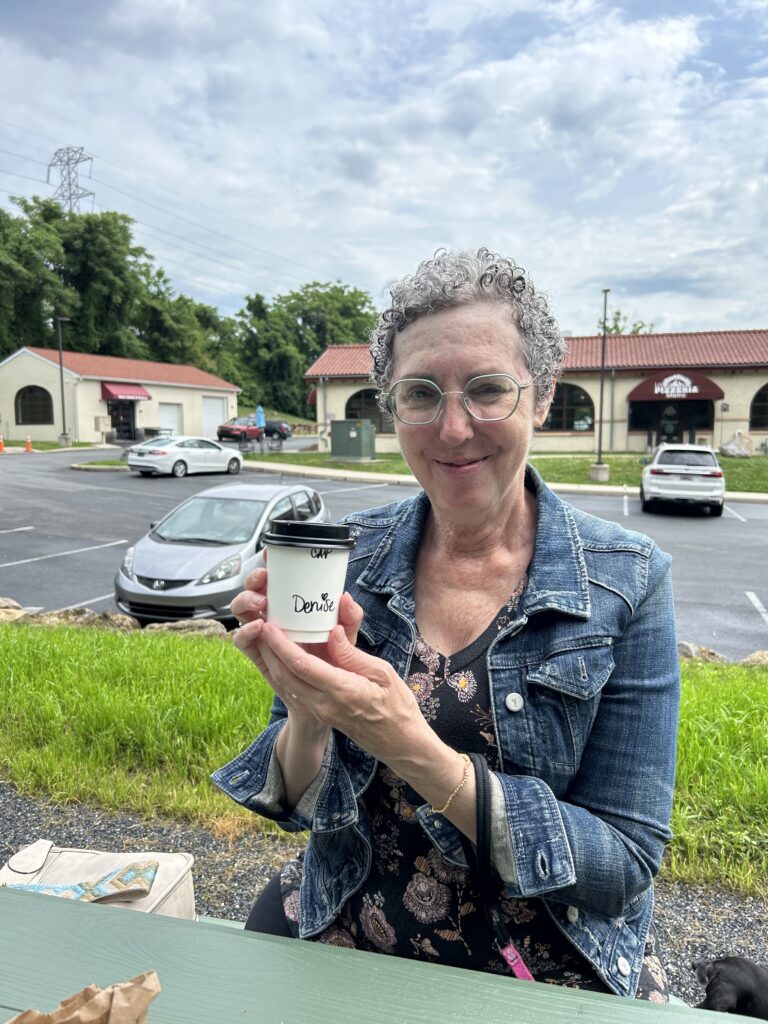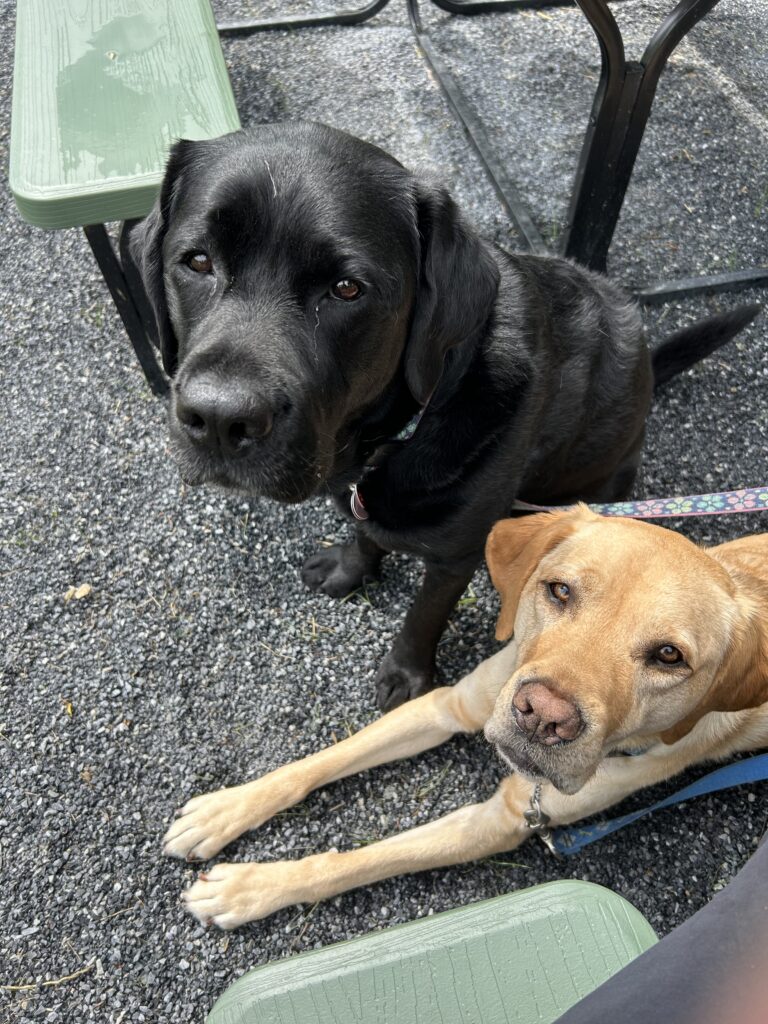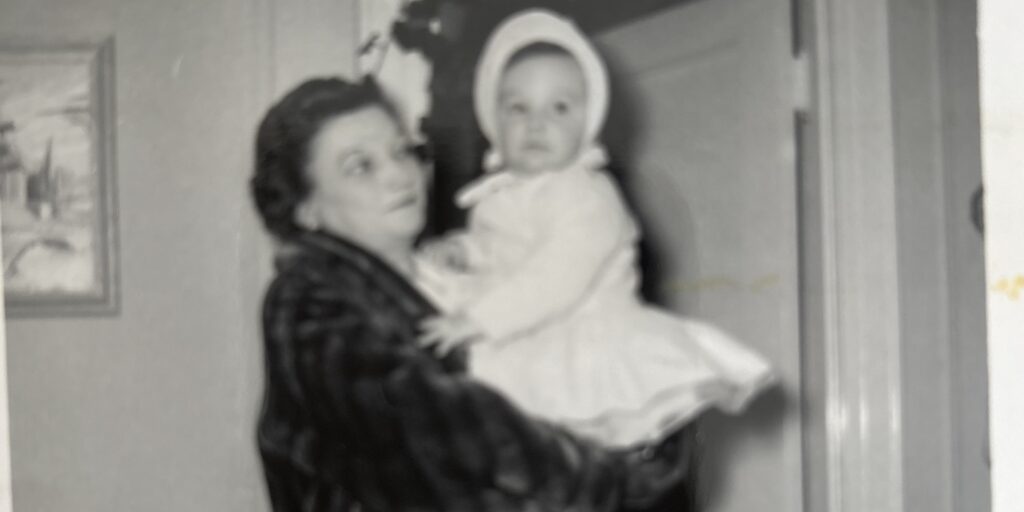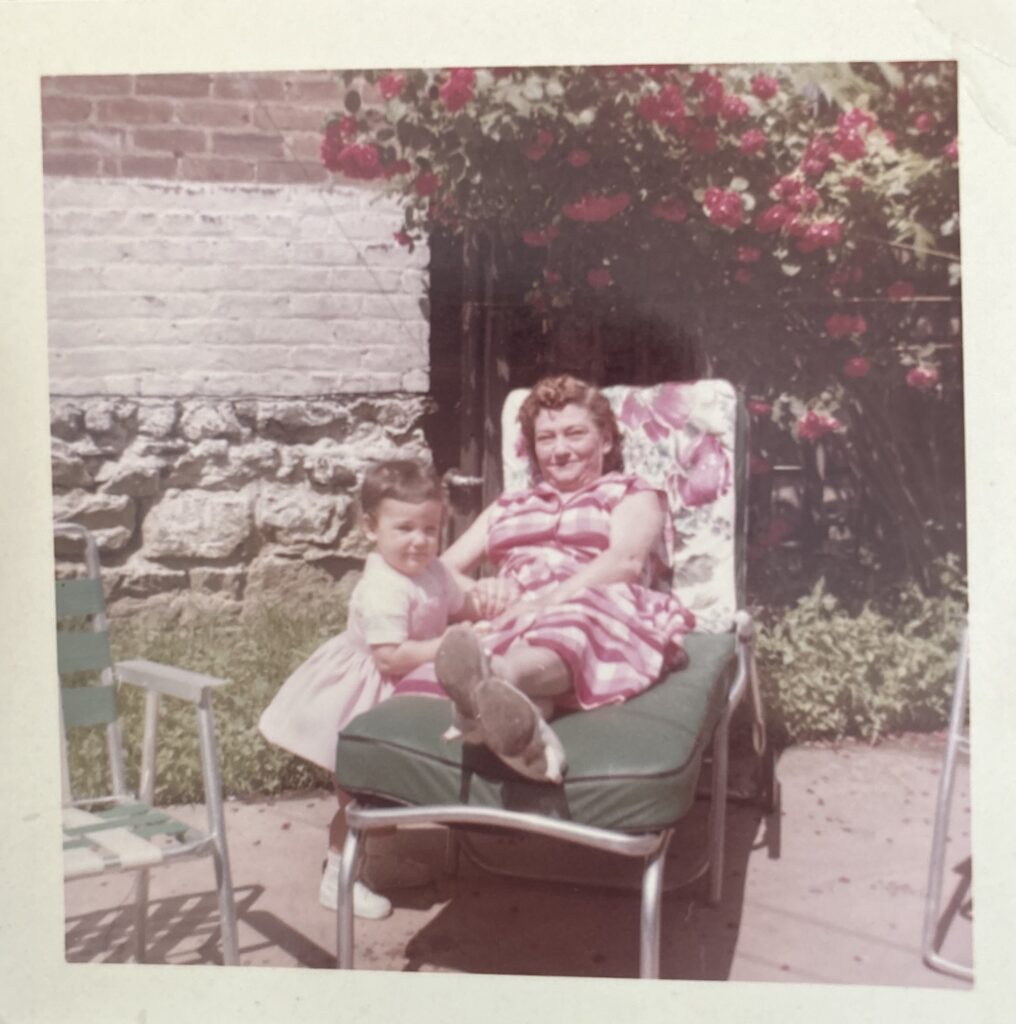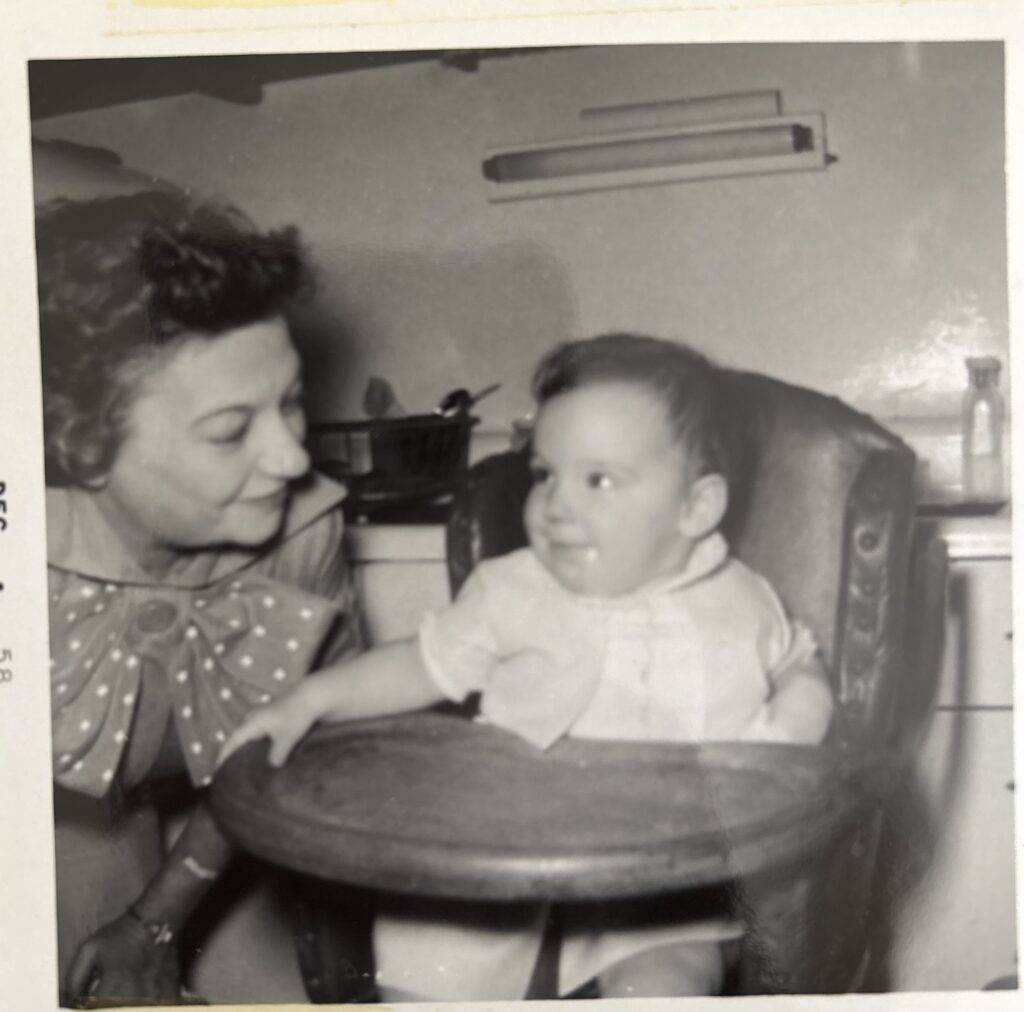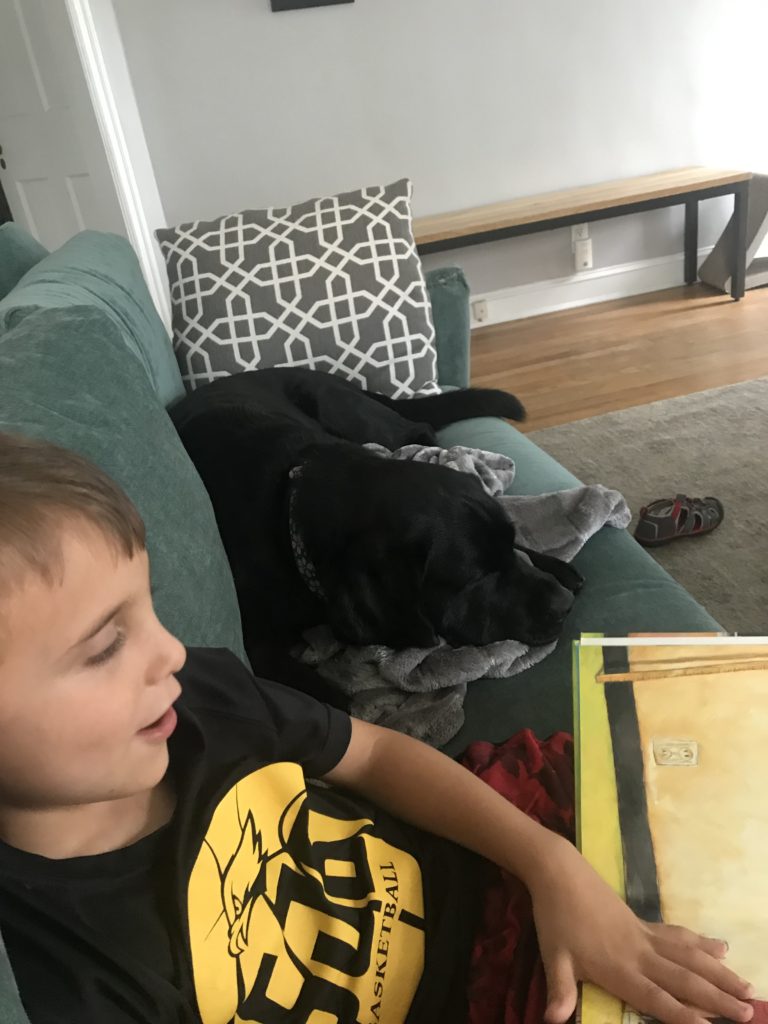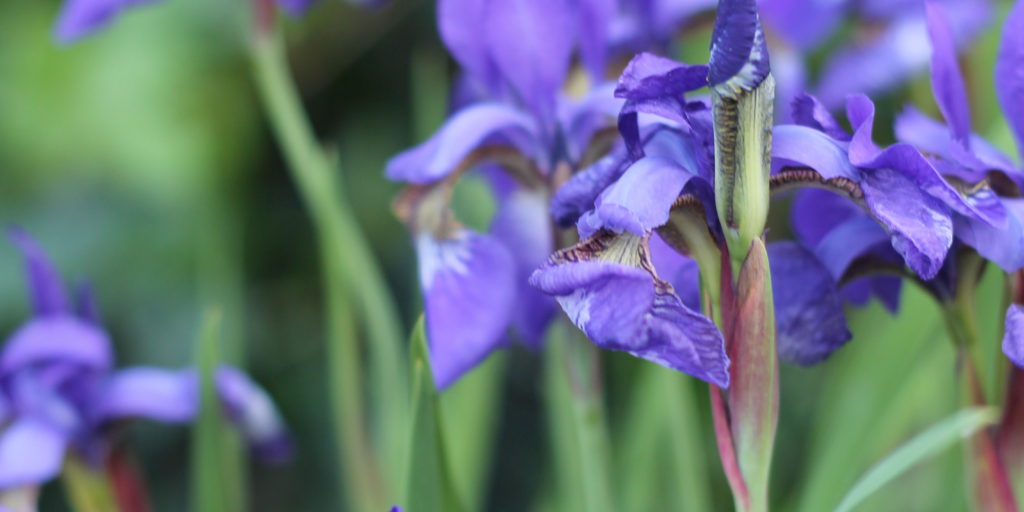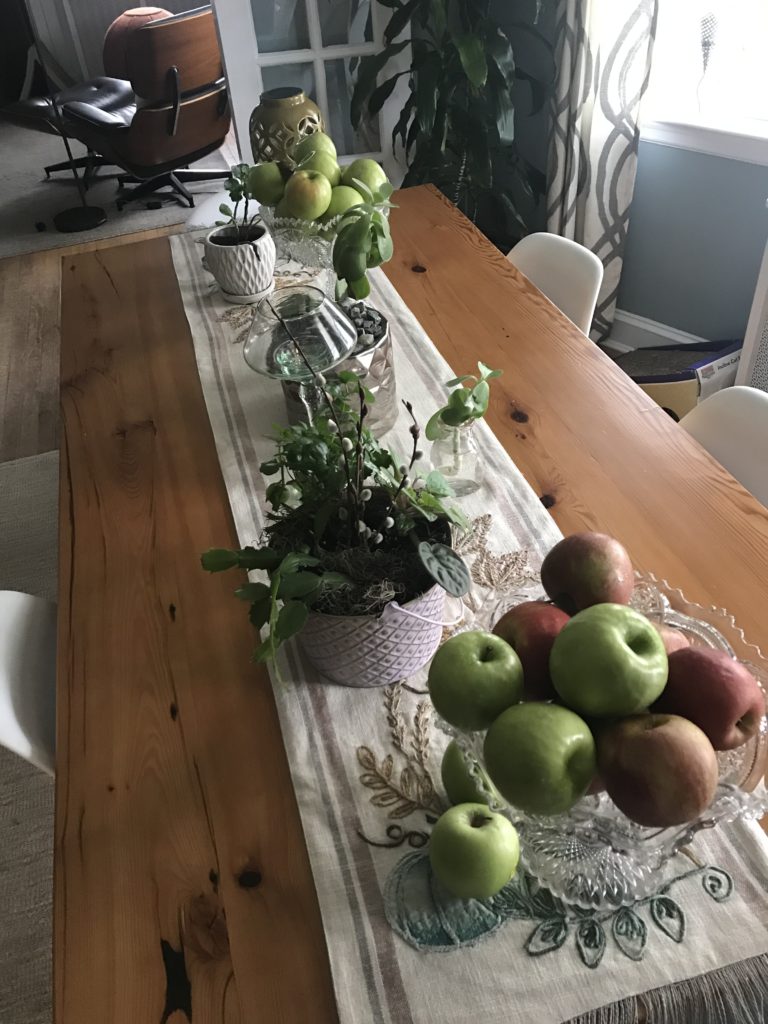I set the timer on my Christmas tree so that when I come downstairs in the morning, I am greeted by its light. In the quiet, I sit in a nearby chair and look at the ornaments, remembering the ones who gifted them to me. Some I inherited after my parents died and I cleaned out my mother’s Christmas closet. Others were purchased for us by our children. Some of their handmade childhood ornaments adorn the tree.

The small glass ones that hung on my parents’ tree when they were first married are particular favorites. They are stored in “Shiny Brite” cardboard boxes barely held together after all these years.
I am emotional as I go through the boxes, when I think about the memories stored within each one. Decorating the tree is not just a task, but a journey of emotions. I’m not the same person I was when I bought the Mickey Mouse ornament at Disney World the year before I was married.
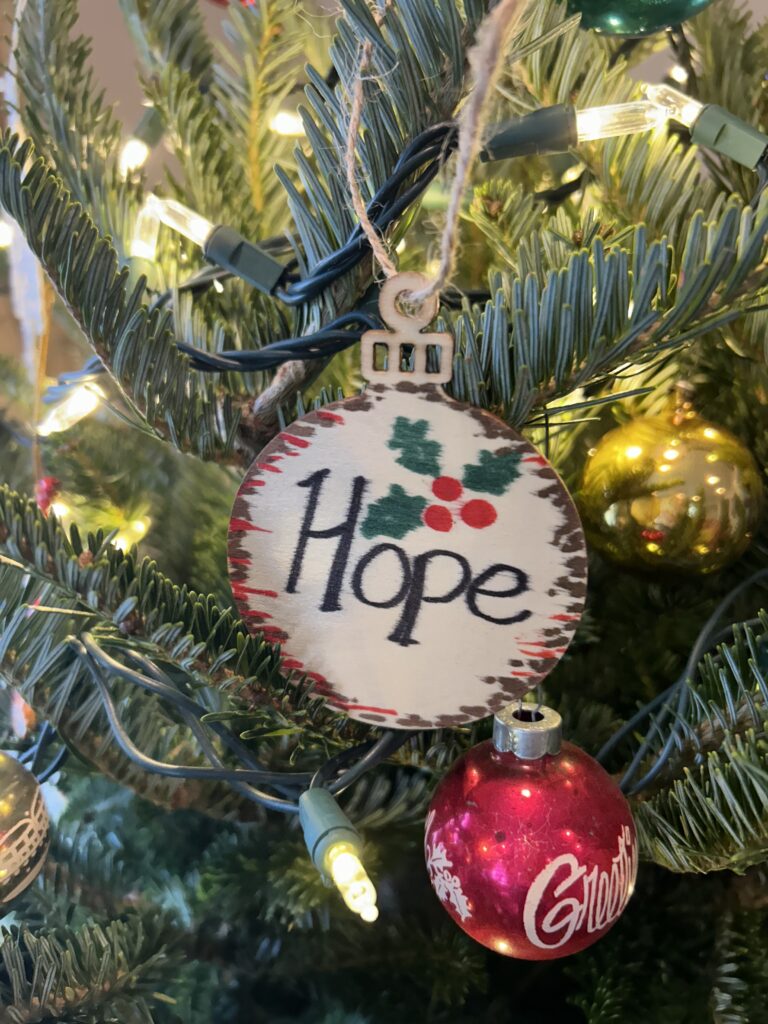
Last year the ornaments remained in their boxes as I was unable to have a tree in the house; the risk of infection due to my compromised immune system was too great. Instead, we put a tree on our screened porch where I could sit in the fresh air and look at the green branches. This year is different, the hayride to the orchard a particular wonder. Our home is small and my husband only wants a narrow tree to fill the space. None of the trees in the field would do, so my grandson chose a pre-cut that was just perfect.
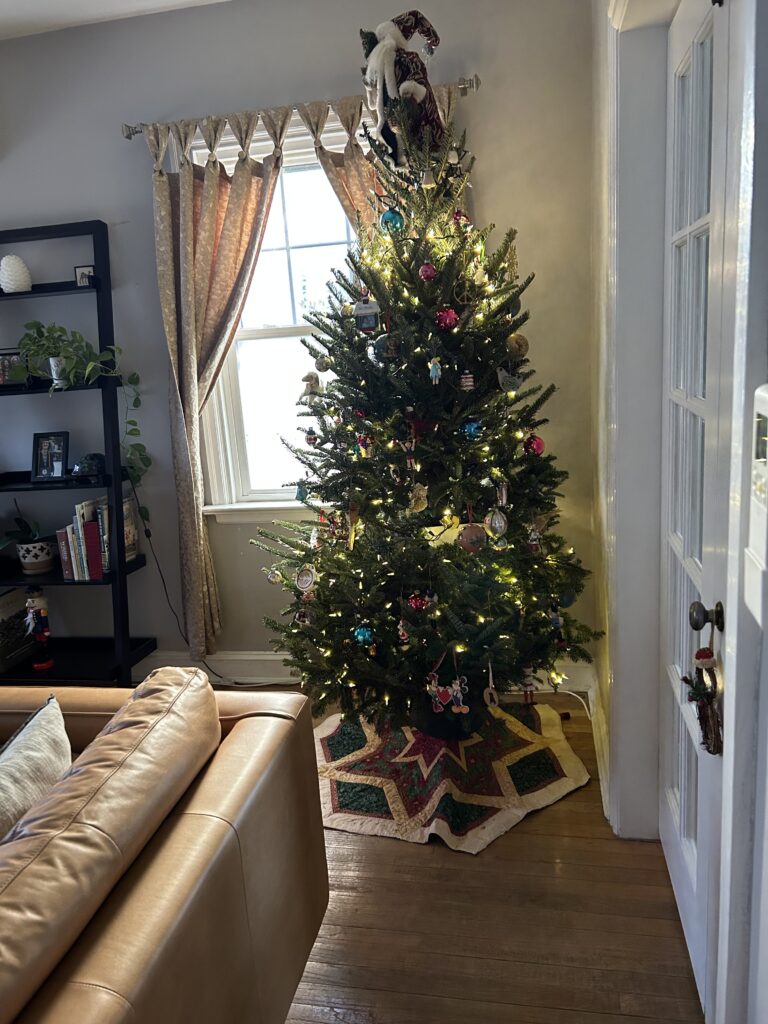
I took much of the afternoon winding strings of lights around it, only to notice later that some of the bulbs didn’t work. I left it, content with the ones that did shine. One by one, I began to hang ornaments, some lower where the kids could reach; others higher so they would be at eye level. My grandson showed his sister the one that played music, and the wooden soldier whose legs kicked out to the sides when she pulled the string.
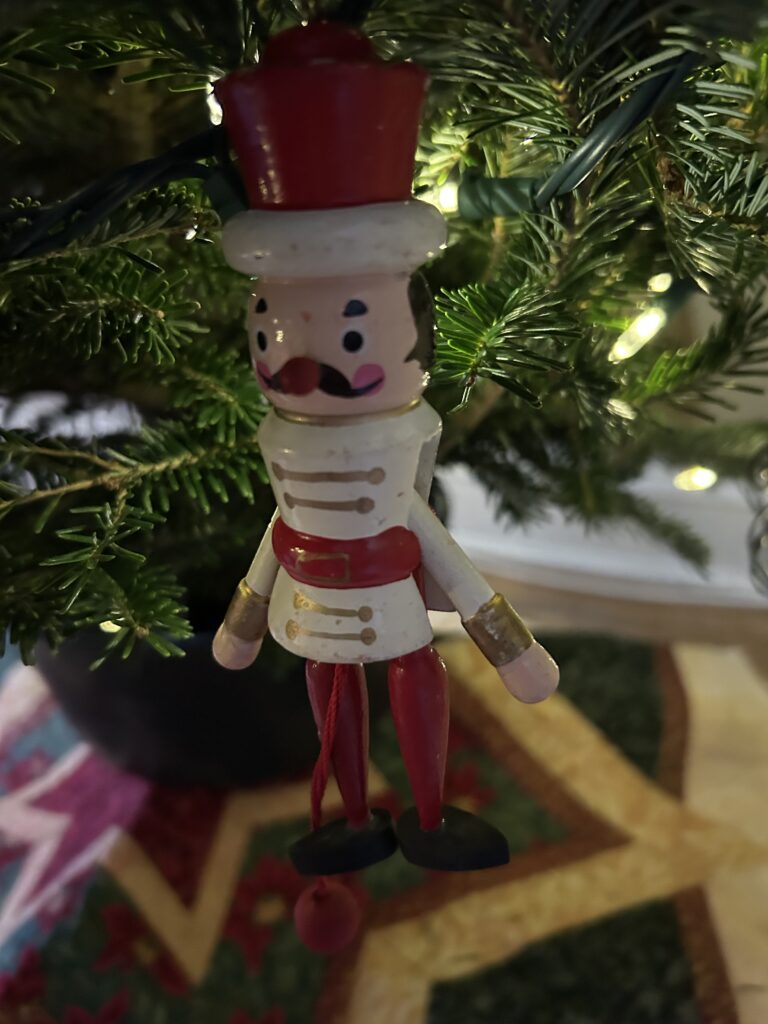
I photographed individual ornaments and sent them to friends who had given them to me. I wanted them to know I remembered and cared. This year I stand near the tree to get a closer look. And, I also sit several feet away to get an overall view of how each ornament is connected to the others.

My tree is a timeline of friendships and seasons. It is a reminder of those who have gone and of those who remain. It is a shining vision in a season of diminished light.
